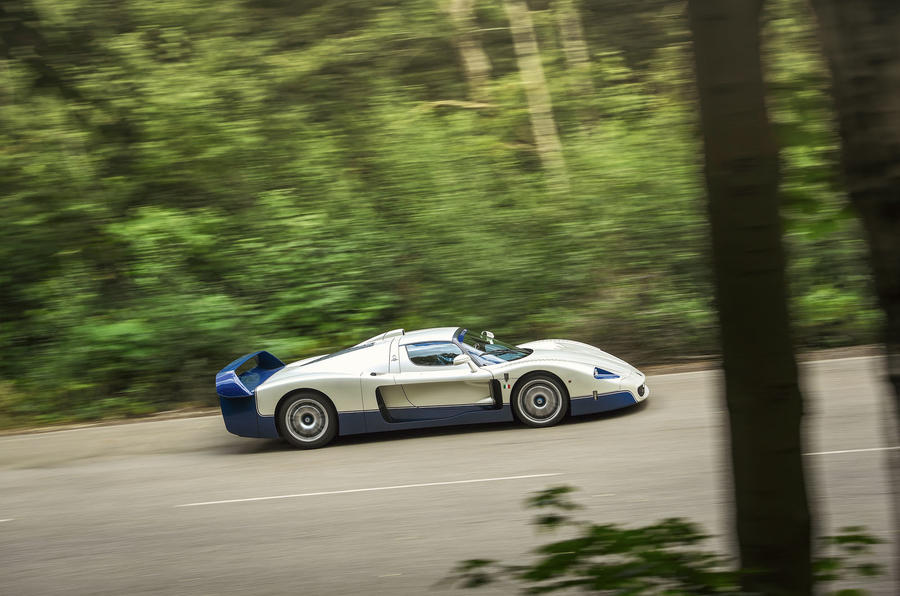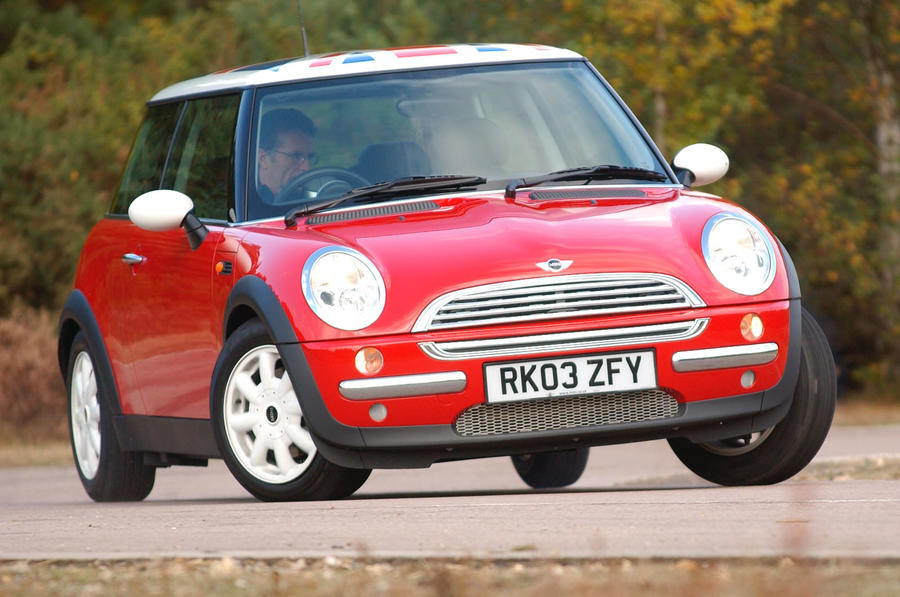If there could ever be such a thing as a car designer’s car designer, then Frank Stephenson is that person. Over the past three decades, he has designed Ferraris and Fiats, Minis and Maseratis, and now he’s at work on an entirely new form of transportation: a jet-electric vertical take-off aircraft built by a German company called Lillium.
At some point in the 2020s, you’ll be able to hire it like an Uber for short-haul journeys such as Heathrow to Piccadilly. The idea, says Stephenson, is to “move journeys from the ground into the sky”.

Not that cars are finished, or anything like it. Stephenson is most famous in the UK as the designer of BMW’s recreated Mini – the car launched in 2001 whose towering success continues – and when we meet in central London, he spends a large part of our time together sketching a proposal for an electric city car after the photographer rather airily asks him to “draw something”.
It soon emerges that Stephenson draws all the time; for him, it’s a cross between recreation and a creative release. Others of his age (he has just turned 59) have long since moved to design management, rarely picking up a pencil and spending their days directing others. But for Stephenson, the job has always entailed direct creativity. “I’ve never been able to resist getting my hands dirty,” he says. “I draw without thinking. It’s my hand that seems to do the work. Other designers work this way too. Whatever comes out, comes out.”
















































Join the debate
Add your comment
Both the Mini and the Fiat 500
I used to waffle on to anyone who'd listen about how Fiat did a much better job of doing a latter day 500 than BMW did the Mini. I didn't realise they were penned by the same bloke! For some reason I never "got" the BMW Mini, although the Mk1 & 2s now look quite neat and stylish compared with the later models which just corrupt the original design language. BMW need to move on. Fiat have a real problem in replacing the 500 - how do you improve on perfection? I worry because Fiat have a bit of a history of ruining good designs at face-lift time. Perhaps it needs to move onto something different as well.
A Legend
What a resume. Nothing but hits.
Don't share the popular
Don't share the popular enthusiasm for the E-type shape.
Of sports cars of that era, I far prefer BMW's 507, Mercedes Uhlenhaut 300SLR (only 2 were made, if only the Gullwing 300SL looked like this Uhlenhaut special!), Ferrari Dino